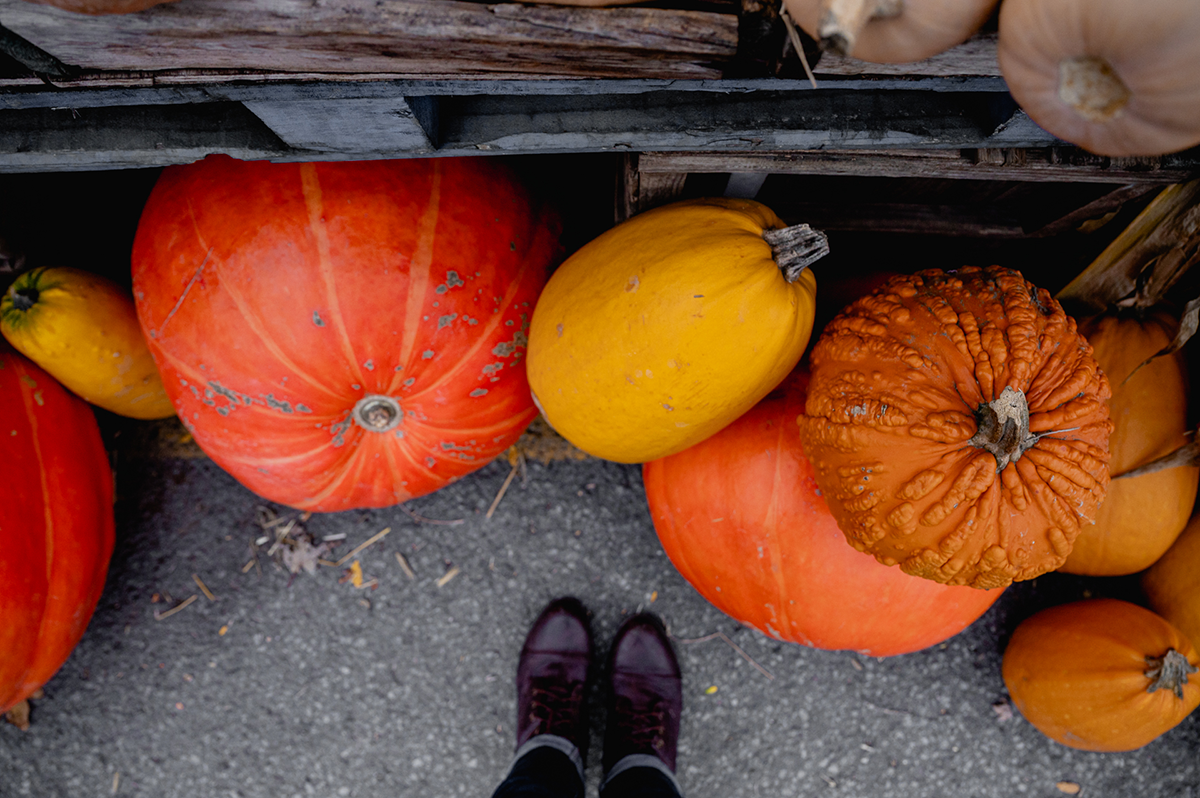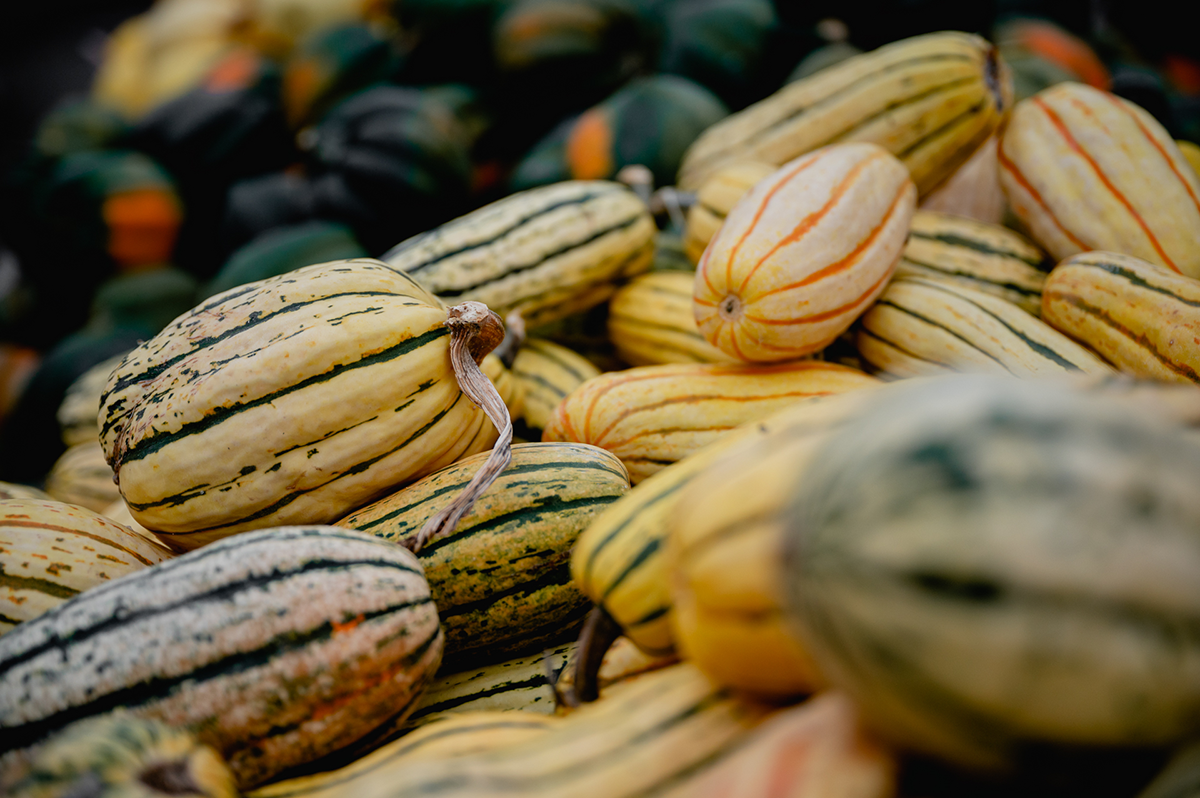Squashes and pumpkins: autumn stars
In fall, supermarket produce sections overflow with gourds, drawing us in with their multitude of shapes and colours. One type stands out among the rest: the pumpkin.
A symbol of Halloween, pumpkins have been cultivated by Indigenous peoples in North America for around 8,000 years. When Jacques Cartier visited Quebec for the first time, he was shocked to find fields filled with this mysterious fruit that he assumed was a type of melon. Not quite, Monsieur Cartier!
Although pumpkins have been consumed for millennia, pumpkin carving is a relatively new phenomenon. The custom was imported from Ireland, where they used to turn turnips into jack-o-lanterns on the evening before All Saints’ Day (Halloween). The massive wave of Irish immigrants in the 19th century adapted the custom to their new setting: having relatively poor access to turnips, they turned to a stand-in, the pumpkin. Contrary to popular belief, Halloween is not a North American festival but an Irish festival adapted to a new host country.
In Quebec, the passion for pumpkin carving and Halloween evolved into their current form in the 1960s thanks in large part to the influence of American television.
Beyond their decorative appeal, pumpkins and other gourds are excellent foods for cooking. Their flesh is tasty, and their seeds make a great snack. Here are five gourds and five ways to prepare them.
After Halloween, you can turn your pumpkins into a purée for use in a variety of recipes. Here is how to make pumpkin purée:
And voilà! Your pumpkin purée is ready. Toss the seeds with some canola oil and salt and bake them at 375°F (190°C) for 10 minutes. There’s no waste here: you can eat every part of the pumpkin!
Pumpkin can be added to recipes for muffins, sweet loaves, cookies or the famous pumpkin pie. Pumpkin purée freezes well: place cup-sized portions in the freezer to make it easier to add to your recipes.
TRY > Pumpkin-Apricot Cookies

The distinguishing feature of this gourd is its delicious, subtle nutty taste.
Butternut squash is excellent in many recipes. It can be added to main courses, such as stews and couscous, and it can be made into a gratin. It can also be used in a variety of desserts, including pies, muffins, cakes and cookies. The most common and beloved way of cooking butternut squash is to turn it into a soup.
TRY > Butternut squash soup with cider
The aptly named spaghetti squash is a gourd with a light-yellow skin. Once cooked, the flesh falls away in long strands that look like spaghetti. The strands can replace pasta in recipes.
Here’s the easiest way to cook spaghetti squash:
Add homemade spaghetti sauce, chicken Alfredo sauce or a seafood sauce to your squash strands. Be creative!

Do you love fries? Delicata is the squash for you! Its skin is a creamy colour with dark green stripes, and its flesh is firm and orange. Its flavour is reminiscent of sweet potatoes. Unlike other winter squashes, the skin is thin and edible, making it easier to prepare than most other gourds.
Here’s an easy recipe to make some delicious delicata squash fries:
And you’re done! You have delicious fries to accompany your next meal.
The carnival squash offers us a true rainbow of colours, with its brightly hued skin speckled with red, white, cream, orange and green. Its flavour is nutty and buttery, with a hint of maple syrup. It’s the perfect gourd to accompany meats such as pork and lamb, and it works well in squash risottos.
To enjoy carnival squash, you can use the same cooking method as for pumpkin.
For many, preparing and cooking gourds is a bit of a mystery, which limits people’s desire to eat them. With these tips and tricks, you now know how to prepare them. They can be so much more than just decorations!
Article by Éliane Lepage.
You may like...